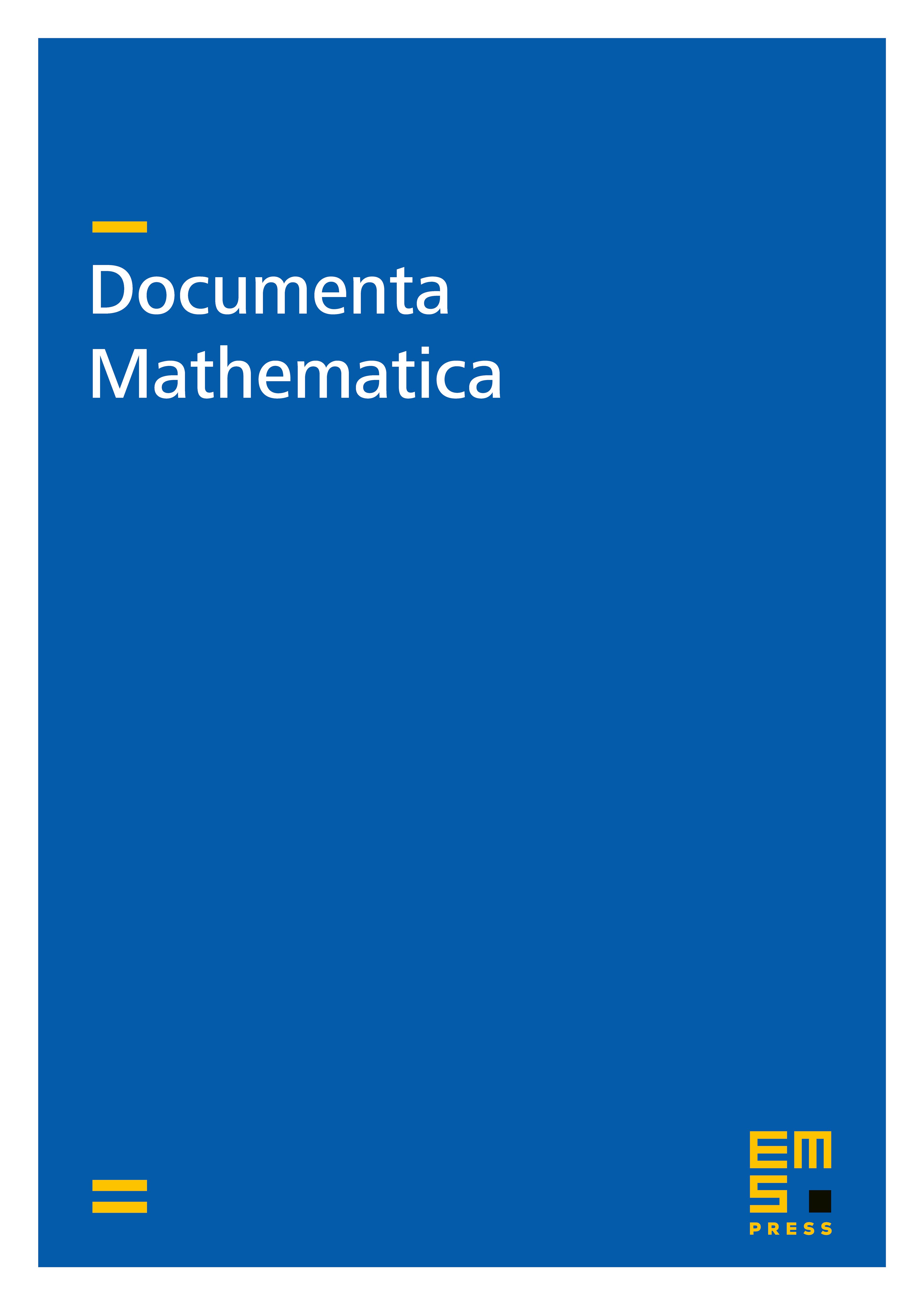Some properties of the symmetric enveloping algebra of a subfactor, with applications to amenability and property
Sorin Popa

Abstract
We undertake here a more detailed study of the structure and basic properties of the symmetric enveloping algebra associated to a subfactor , as introduced in [Po5]. We prove a number of results relating the amenability properties of the standard invariant of , its graph and the inclusion , notably showing that is amenable relative to its subalgebra iff (or equivalently is amenable, i.e., . We then prove that the hyperfiniteness of is equivalent to being hyperfinite and being amenable. We derive from this a hereditarity property for the amenability of graphs of subfactors showing that if an inclusion of factors is embedded into an inclusion of hyperfinite factors with amenable graph, then its graph follows amenable as well. Finally, we use the symmetric enveloping algebra to introduce a notion of property T for inclusions , by requiring to have the property T relative to . We prove that this property doesn't in fact depend on the inclusion but only on its standard invariant , thus defining a notion of property T for abstract standard lattices .
Cite this article
Sorin Popa, Some properties of the symmetric enveloping algebra of a subfactor, with applications to amenability and property . Doc. Math. 4 (1999), pp. 665–744
DOI 10.4171/DM/71